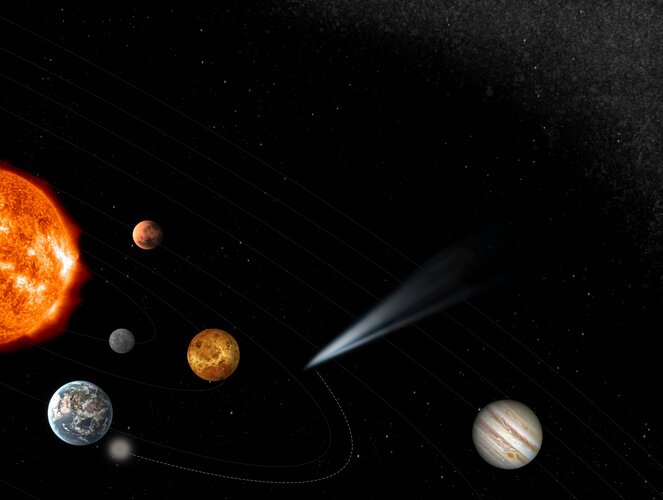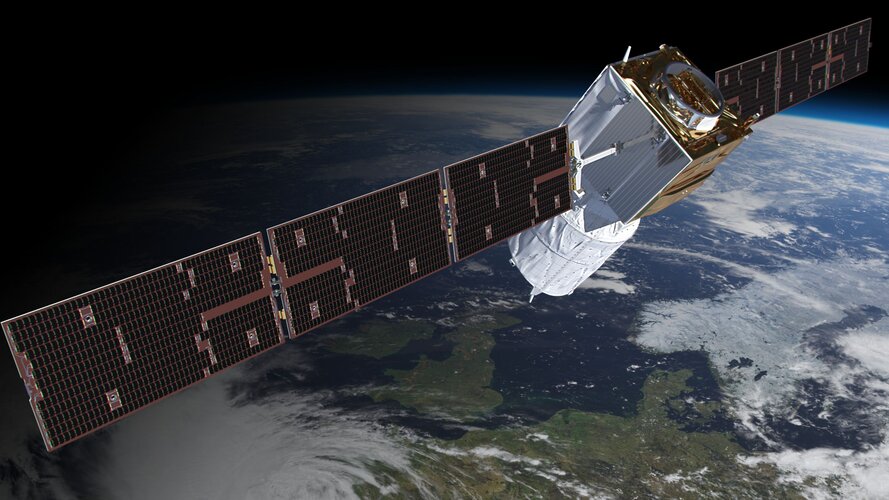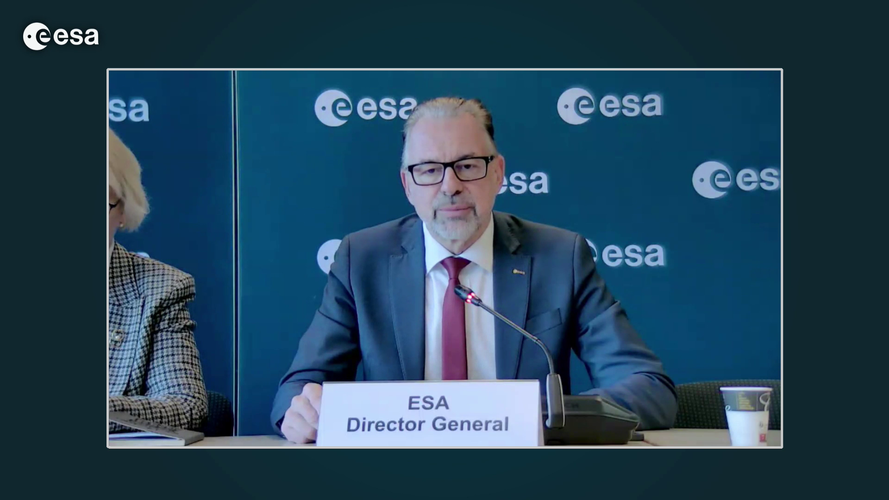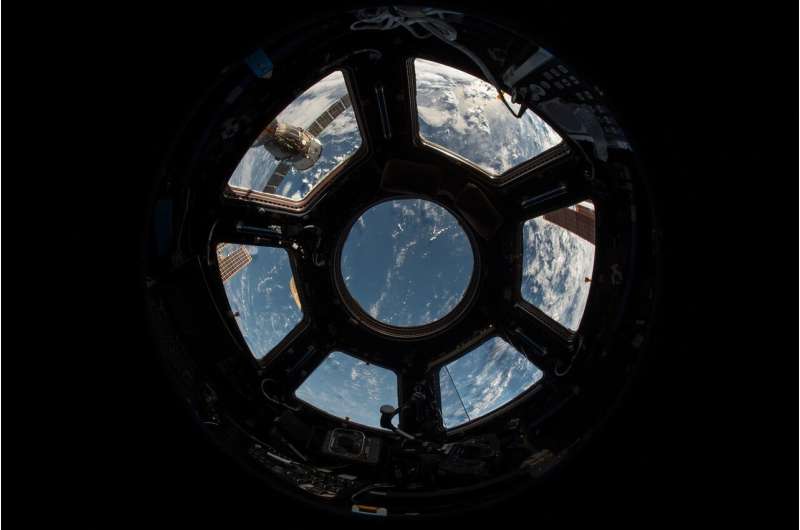
Copernical Team
Spire Global to launch six satellites on SpaceX Transporter-6 Mission
 Spire Global, Inc. (NYSE: SPIR) will launch six satellites on the SpaceX Transporter-6 mission from Cape Canaveral Space Force Station no earlier than January 2023. The satellites will demonstrate advancements and new capabilities for Spire's weather and aviation solutions.
Spire will launch two demonstration satellites carrying next-generation Automatic Dependent Surveillance-Broadcast (A
Spire Global, Inc. (NYSE: SPIR) will launch six satellites on the SpaceX Transporter-6 mission from Cape Canaveral Space Force Station no earlier than January 2023. The satellites will demonstrate advancements and new capabilities for Spire's weather and aviation solutions.
Spire will launch two demonstration satellites carrying next-generation Automatic Dependent Surveillance-Broadcast (A Delta 2 leverages Space Domain Awareness in support of Artemis I
 Guardians at Space Delta 2 honed their skills in Space Domain Awareness by supporting Artemis I's 25-day, 1.4-million-mile mission.
On November 16, 2022, NASA's Artemis I successfully launched from Space Launch Complex 39B. This landmark event marks the first successful launch of the Orion spacecraft and Space Launch System rocket. Artemis I reentered Earth's atmosphere on December 11, 202
Guardians at Space Delta 2 honed their skills in Space Domain Awareness by supporting Artemis I's 25-day, 1.4-million-mile mission.
On November 16, 2022, NASA's Artemis I successfully launched from Space Launch Complex 39B. This landmark event marks the first successful launch of the Orion spacecraft and Space Launch System rocket. Artemis I reentered Earth's atmosphere on December 11, 202 Turning science fiction into science fact
 In the 1940s, science fiction author Isaac Asimov theorized the concept of collecting the sun's energy in space, then beaming that energy down to Earth. Today, Northrop Grumman's Space Solar Power Incremental Demonstrations and Research (SSPIDR) Project team is making that science fiction a reality with steady progress towards transmitting solar energy from space to anywhere on Earth.
SSPI
In the 1940s, science fiction author Isaac Asimov theorized the concept of collecting the sun's energy in space, then beaming that energy down to Earth. Today, Northrop Grumman's Space Solar Power Incremental Demonstrations and Research (SSPIDR) Project team is making that science fiction a reality with steady progress towards transmitting solar energy from space to anywhere on Earth.
SSPI ESA appoints two new Directors

As of today, ESA has appointed two new Directors - the Director of Science and the Director for Technology, Engineering and Quality. ESA Council approved the Director General’s proposal to appoint the new Directors at its meeting on 15 December 2022.
Comet Interceptor construction moves forward

ESA and OHB have signed a contract to move forward with the design and construction of ESA’s ambitious Comet Interceptor spacecraft, planned for launch in 2029.
Christmas comes early for Aeolus

ESA’s wind mission continues to shine as engineers have worked their Christmas magic. With a switch back to its original laser, Aeolus is now shining more than twice as brightly with its best ever performance – just in time for the holidays.
Media session on the results of the 314th ESA Council meeting
 Video:
01:03:00
Video:
01:03:00
Watch the replay of the media session following the 314th ESA Council meeting which takes place on 14 and 15 December in Paris. ESA Director General Josef Aschbacher and ESA Council Chair Anna Rathsman share the outcome of this meeting. Updates on the outcomes of CM22 and the next implementation steps are provided to the media.
Hubble helps discover a new type of planet largely composed of water

Researchers have found evidence for the existence of a new type of planet they have called a “water world,” where water makes up a large fraction of the entire planet. These worlds, discovered in a planetary system 218 light-years away, are unlike any planets in our Solar System.
Russian ISS spacewalk cancelled due to coolant leak: NASA

A spacewalk by two Russian cosmonauts aboard the International Space Station was called off after the detection of a coolant leak, NASA said on Thursday.
The Russian space agency, Roscosmos, said that a walk in space by Sergei Prokopyev and Dmitry Petelin had been cancelled after one of the warning indicators went off in the Soyuz spacecraft docked to the ISS.
The mission had been planned for Wednesday.
NASA said that a coolant leak had been discovered "from the aft end of the Soyuz MS-22 spacecraft", towards the back of the vessel.
"NASA and Roscosmos will continue to work together to determine the next course of action following the ongoing analysis," the US space agency said.
"The crew members aboard the space station are safe, and were not in any danger during the leak."
US astronaut Frank Rubio flew to the ISS with the two Russian cosmonauts on the Soyuz rocket, which launched on September 21 from Kazakhstan.
Space has been a rare avenue of cooperation between Moscow and Washington since the start of Moscow's assault on Ukraine in February, and ensuing Western sanctions on Russia that shredded ties between the two countries.
Asteroid Ryugu samples continue to shed light on solar system history
 Nearly two years after Japanese mission Hayabusa2 returned to Earth, samples from asteroid Ryugu continue to reveal valuable information about the history of the early solar system. A study by scientists from the Institut de Physique du Globe de Paris, Universite Paris Cite and CNRS1, as part of an international consortium, reveals the isotopic composition of zinc and copper of asteroid Ryugu.
Nearly two years after Japanese mission Hayabusa2 returned to Earth, samples from asteroid Ryugu continue to reveal valuable information about the history of the early solar system. A study by scientists from the Institut de Physique du Globe de Paris, Universite Paris Cite and CNRS1, as part of an international consortium, reveals the isotopic composition of zinc and copper of asteroid Ryugu. 